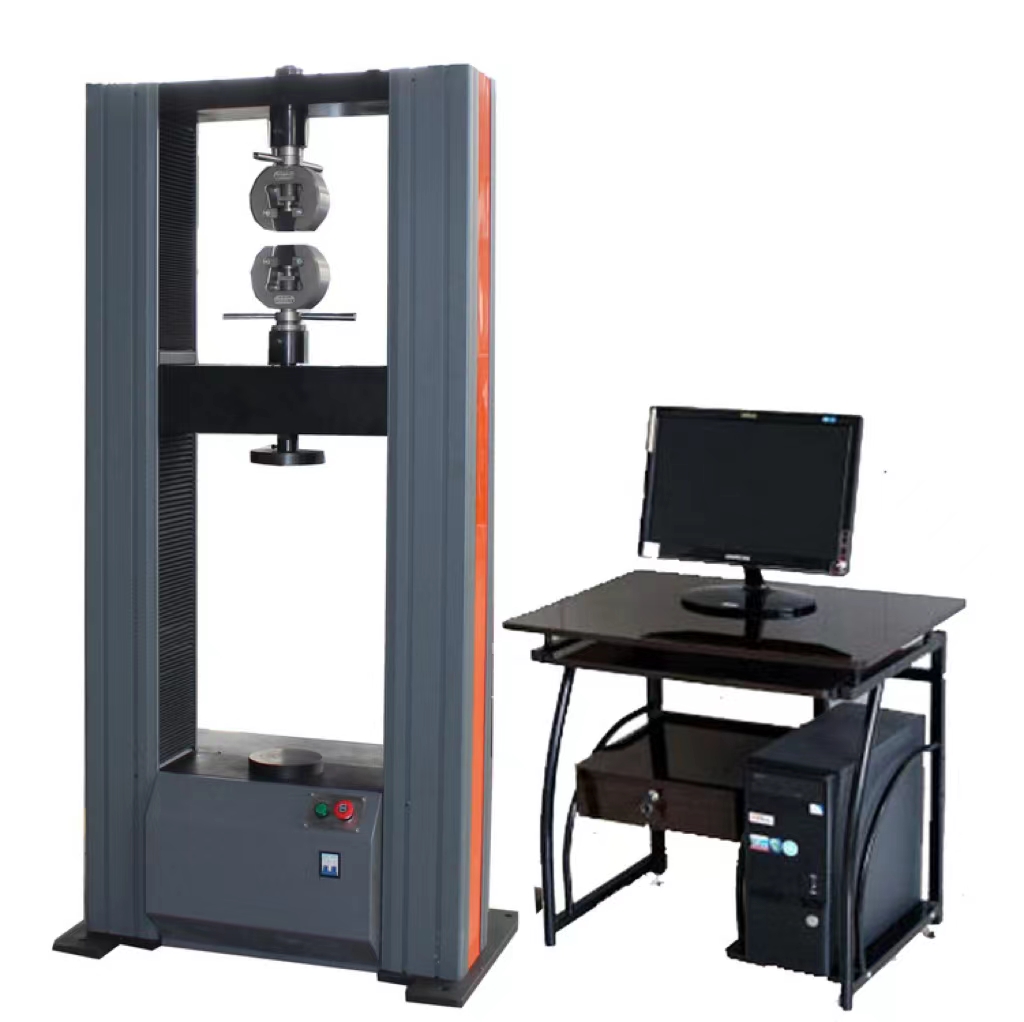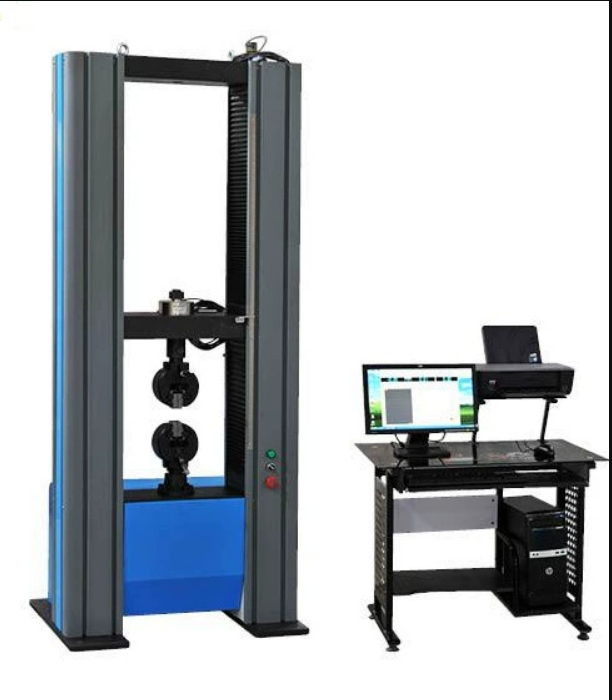Testing Standards and Regulatory Updates for Car Seat Static Strength Testers
Time:
Popularity:0times


1. Global Regulatory Frameworks
- ECE Regulations: The United Nations Economic Commission for Europe (ECE) mandates rigorous testing for seat strength and durability. Specifically:
- ECE R17: Governs the strength of seats, their anchorages, and head restraints, ensuring compliance with crashworthiness requirements.
- ECE R14: Focuses on safety belt anchorages, indirectly influencing seat design to ensure compatibility with restraint systems.
- FMVSS (Federal Motor Vehicle Safety Standards): In the United States, FMVSS 207 and FMVSS 210 dictate seat strength and dynamic performance. FMVSS 207 addresses static load requirements, while FMVSS 210 mandates dynamic testing to simulate crash conditions.
- GB Standards (China): China’s GB 15083-2019 specifies strength requirements for automobile seats, their anchorages, and head restraints, aligning with international norms while incorporating regional design considerations.
2. Recent Regulatory Updates
- Enhanced Safety Targets: Recent updates emphasize occupant protection and injury mitigation. For instance:
- ECE R17 (Amendment 8) introduced stricter criteria for seatback strength to prevent collapse during rear-end collisions.
- FMVSS 207 (2023 Revision) expanded testing scenarios to include lateral and oblique loads, reflecting real-world crash dynamics.
- Integration with Advanced Safety Systems: Modern regulations increasingly consider seat performance in conjunction with airbags, pretensioners, and energy-absorbing materials, necessitating holistic testing approaches.
3. Testing Methodologies and Equipment Advancements
- Load Application: Testers must simulate forces up to 20 times the seat’s rated load (per ECE R17) to verify structural integrity. This includes vertical, horizontal, and torsional loads to mimic various crash scenarios.
- Displacement Limits: Standards specify maximum allowable seatback deflection (e.g., ≤127 mm under ECE R17) to prevent occupant submarining or ejection.
- Head Restraint Performance: Recent updates require head restraints to withstand 890 N of force (per ECE R17) without failure, ensuring neck injury prevention.
4. Compliance and Certification
- Type Approval: Manufacturers must obtain type approval from regulatory bodies by demonstrating compliance with applicable standards. This involves submitting test reports from accredited laboratories.
- Post-Market Surveillance: Ongoing audits and random testing ensure continued adherence to regulations, with penalties for non-compliance.
5. Emerging Trends
- Virtual Testing: Complementary to physical testing, computer-aided engineering (CAE) tools are increasingly used to predict seat behavior under loads, reducing prototyping costs and time.
- Sustainability Considerations: Future regulations may incorporate eco-design principles, requiring testers to assess the environmental impact of seat materials and manufacturing processes.


